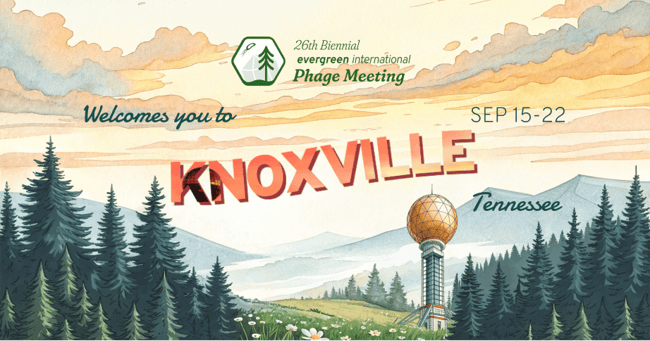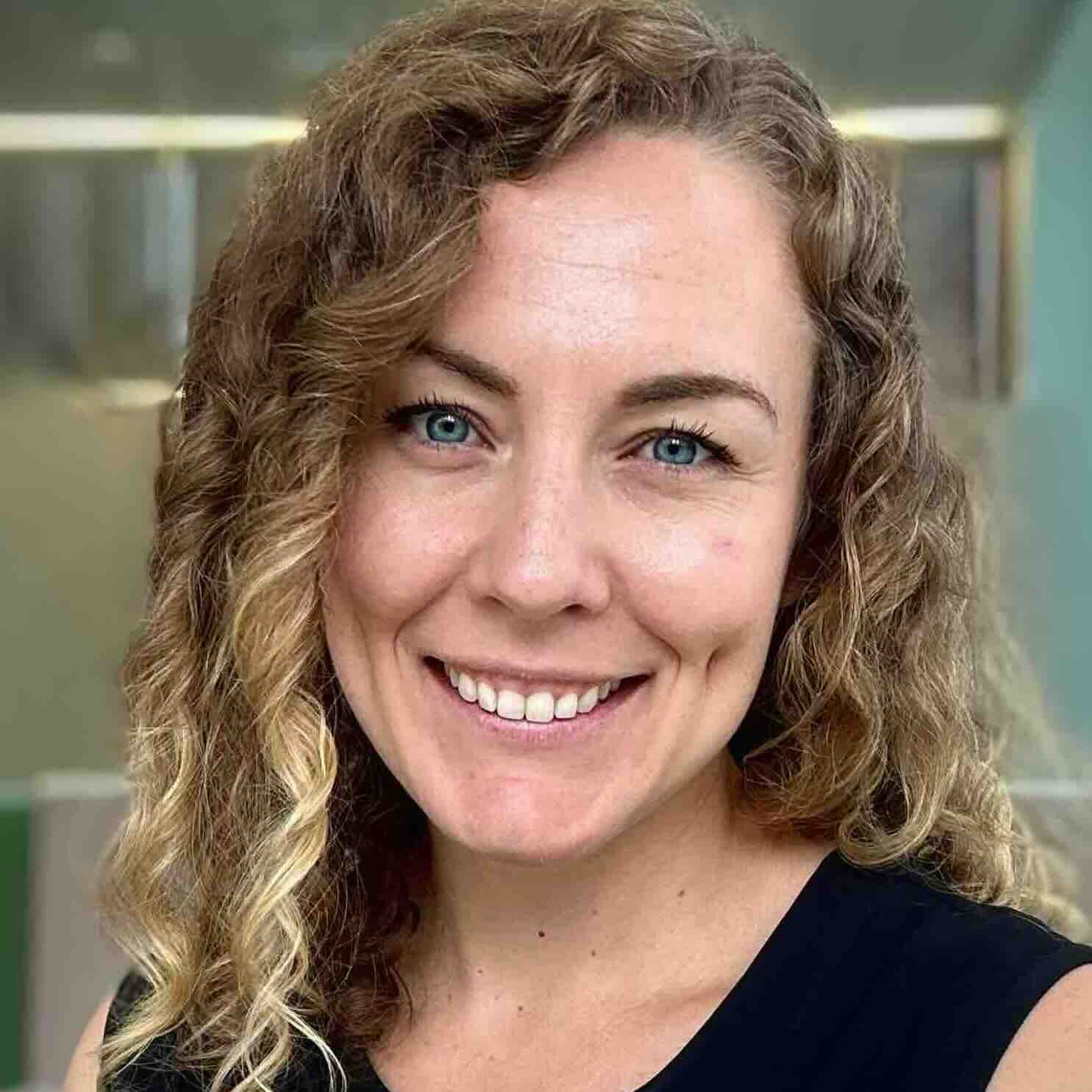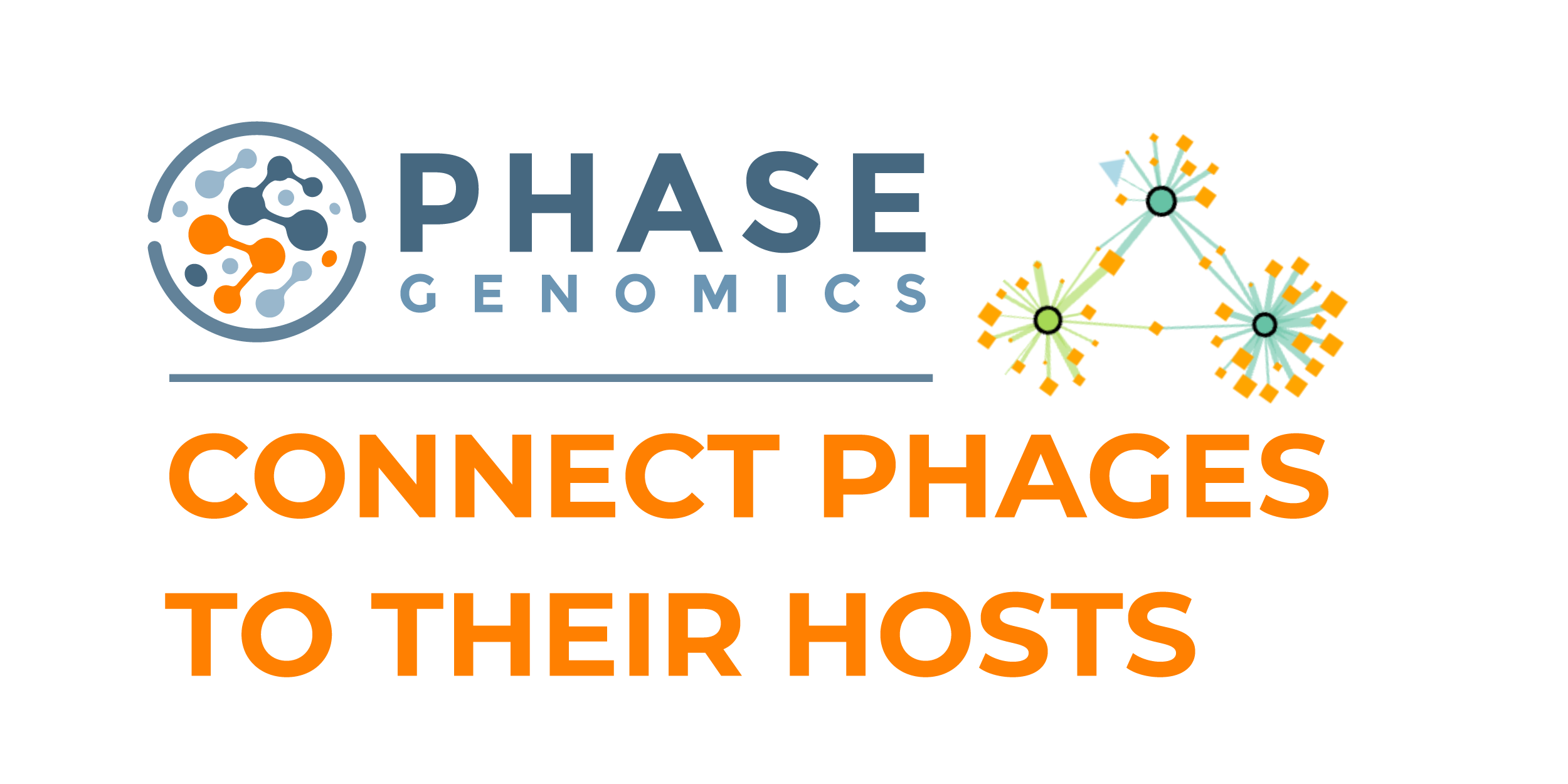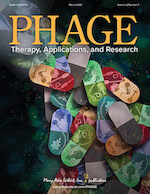Li Yuping (University of California, San Francisco) and colleagues published a new paper on a bacterial immune system targeting jumbo phages, showing it disrupts an early phage infection compartment to block replication.
Brittany Supina (University of Alberta) and colleagues published a new paper on isolation and characterization of a novel Burkholderia jumbo phage, showing it uses flagella as a receptor, controls rice seedling rot, and steers B. glumae toward reduced virulence in rice seedlings.
Himanshu Batra (Catholic University of America) and colleagues published a new preprint on targeted phage T4-based nanoparticles, showing these nanoparticles can reactivate latent HIV-1 in CD4+ T cells without causing global T cell activation or cytokine storm.
Tamsin Redgwell (Copenhagen University Hospital) and colleagues published a new paper on prophage induction in infant gut microbiomes, showing most prophages were actively induced and may modulate host bacterial functionality through accessory genes.
Arne Echterhof (Stanford University School of Medicine) and colleagues published a new preprint on modeling whole-body phage distribution in mice, using Physiologically-based Pharmacokinetic Modeling. They show rapid elimination of phage and the need for multi-dose regimens to maintain detectable phage concentrations.








